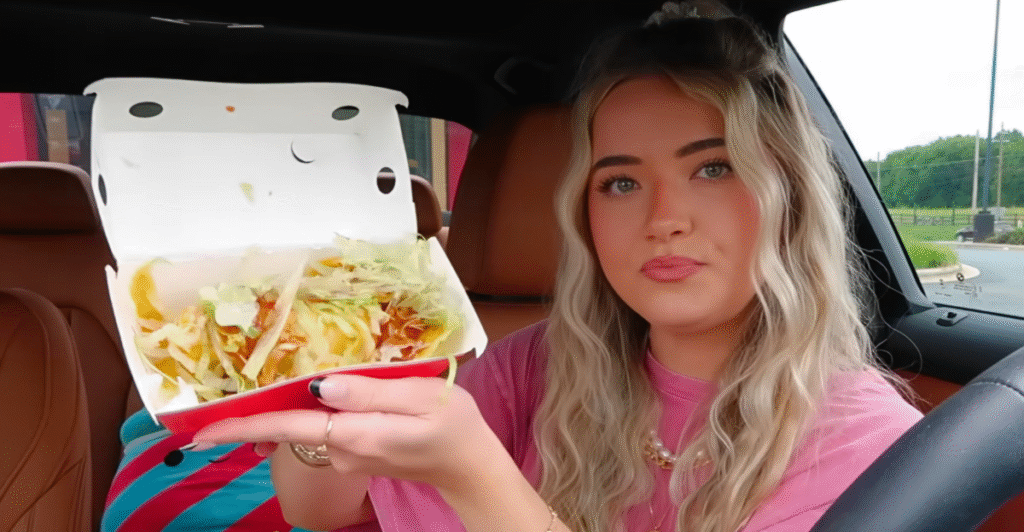
Jack in the Box has been a fast food giant for many decades, known for its wide availability, especially on the West Coast. The 74-year-old franchise is now closing up to 200 underperforming locations in the United States. This may sound like the start of a downturn for the company, but rest assured, the fast food chain isn’t going anywhere for consumers.
The closure of these stores is a necessary reprioritization to ensure its future stability and growth. Only the most outdated and least profitable stores are on the chopping block, opening up resources to invest in stronger locations and pay down $300 million in debt.
Market Realities
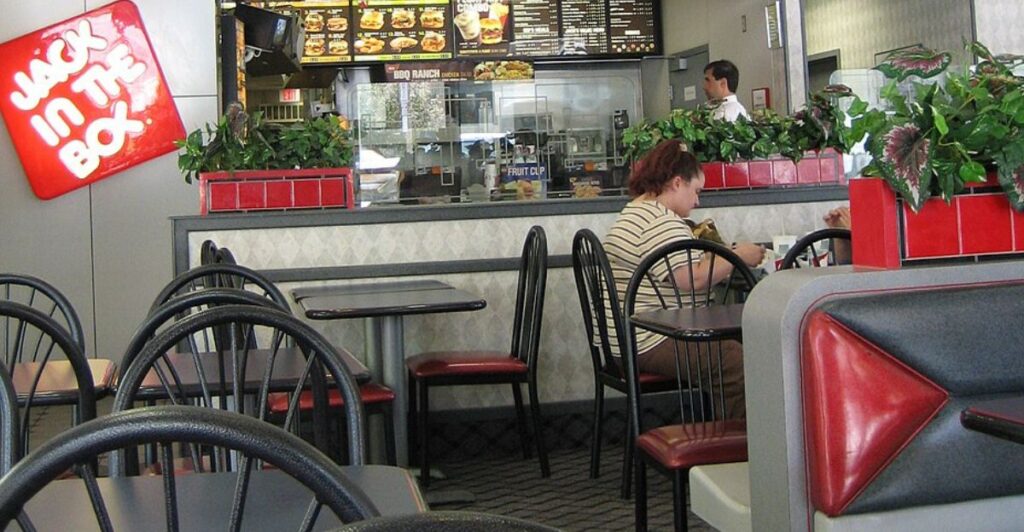
The fast food landscape can be an unforgiving one at times, and Jack in the Box faces the same realities that many other fast food franchises face. The company’s sakes have dropped over 4% in Q2 2025, reflecting a shift in consumer behaviors amid tough competition.
If Jack in the Box clung onto their locations that don’t bring in much revenue, it would only serve to weaken the overall franchise, and while the hope for a turnaround is idyllic, the reality is that many fast food chains can’t save failing locations, leaving them with only one choice.
Reallocating Capital
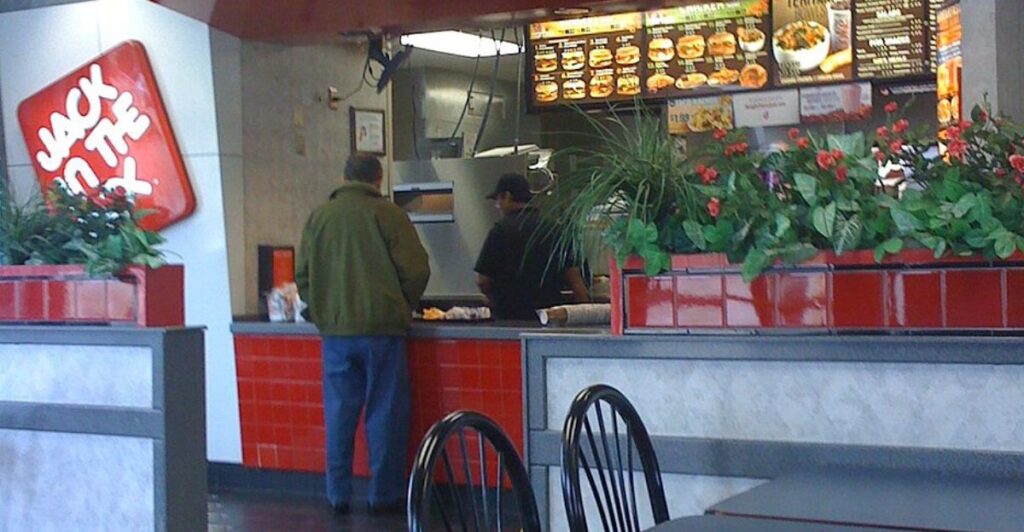
By closing 10% of their locations, Jack in the Box can remove decades-old locations that didn’t contribute much to overall revenue and give the company an opportunity to reallocate its capital into high-potential markets, remodels, and other innovations such as digital reach.
The closures are designed to increase cash flow and help to pay down the $300 million in debt that the company has. Investors are an important part of any business, and this method will ensure both their continued investment and aid in long-term shareholder value.
Following Other Industry Leaders
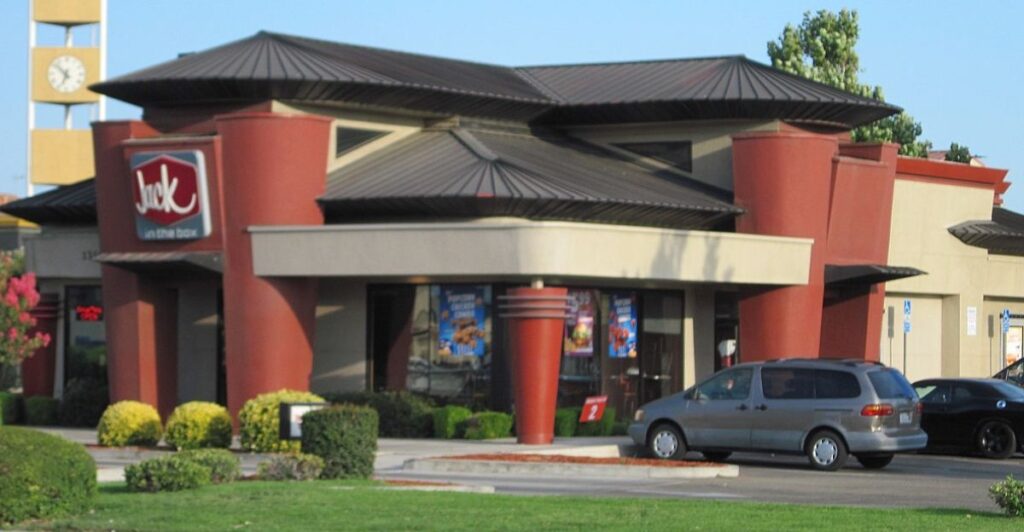
The shift to an asset-light business model is something that happens frequently in the fast food industry. Fewer company-owned stores and more franchising mirrors other industry giants like McDonald’s.
This model will reduce overall risk for the company while increasing its flexibility and allowing the company to adapt faster to changing markets. But what does that mean for consumers?
What Customers Should Expect
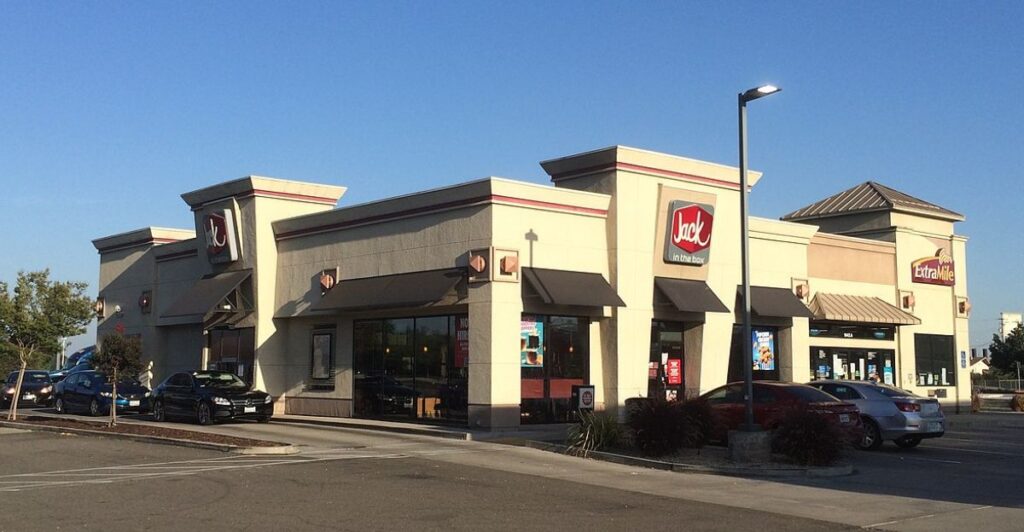
With up to 200 locations closing their doors, customers may lose nearby stores, but the fewer locations that they will offer are predicted to be better equipped, as revenue is reinvested into these stronger examples of the franchise.
This will most likely make a better experience for consumers, albeit with more inconvenience when it comes to distance from a Jack in the Box location.
Opening New Stores
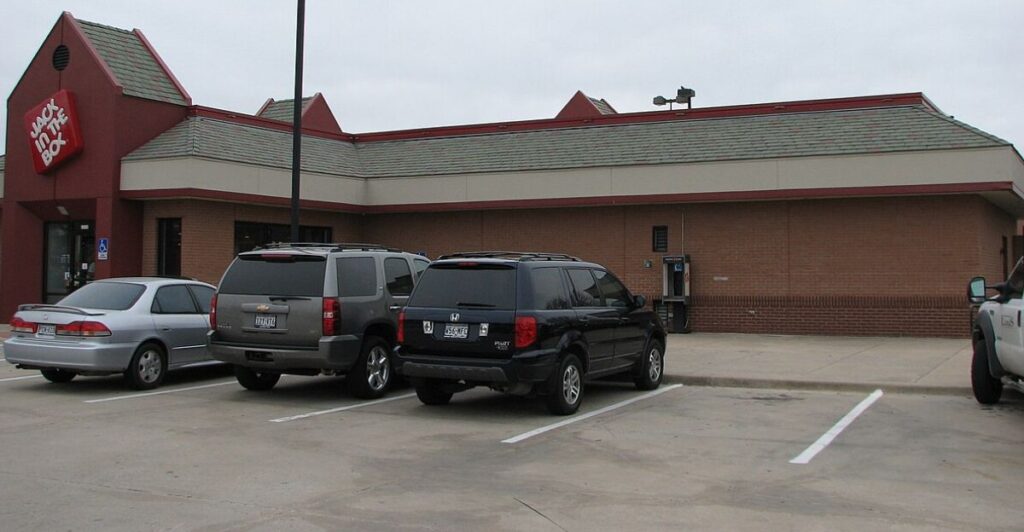
Customers in areas like Florida and Chicago may see more Jack in the Box stores open, as these growing areas have more demand. This allows the company to stop spreading itself too thin across struggling markets and open new, modern locations in profitable regions where there is a higher demand for their product.
Closing And Remodeling
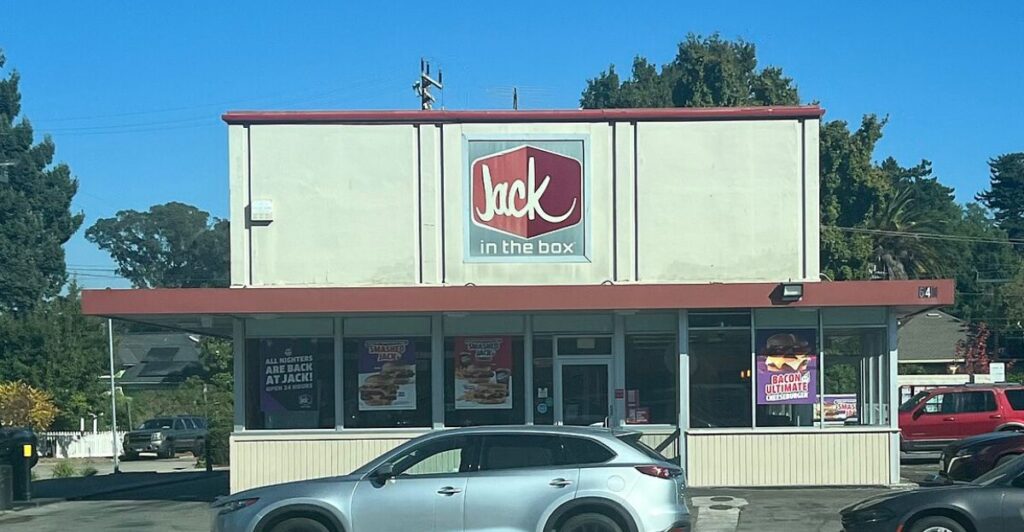
Many of the stores that are being closed have been part of the franchise for 30 years and seem outdated to many customers looking for a modern experience.
In today’s market, a fast food chain needs to either give the customer fast service or quality items, preferably both. In remodeling and updating other locations while opening new ones, a new generation may find the franchise a better option than ever before.
Supporting Franchise Owners
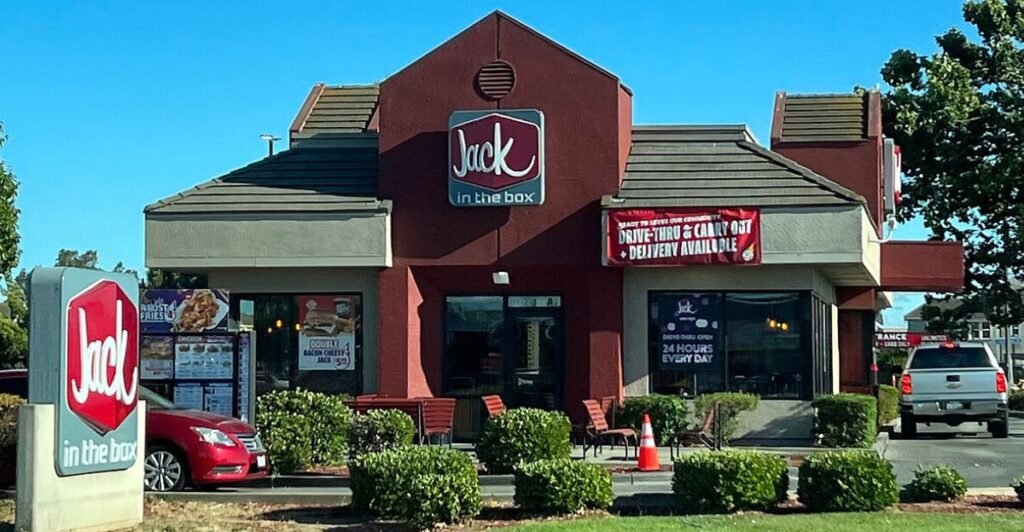
With fewer Jack in the Box locations across the same areas, this will make individual locations stronger, with there being less internal competition.
Local franchise owners who aren’t part of the closures could see increased foot traffic as they become one of the few Jack in the Box locations to choose from. This will help to keep training and operational costs lower, making it easier for customers to be satisfied.
Impacts On Those That Are Closing
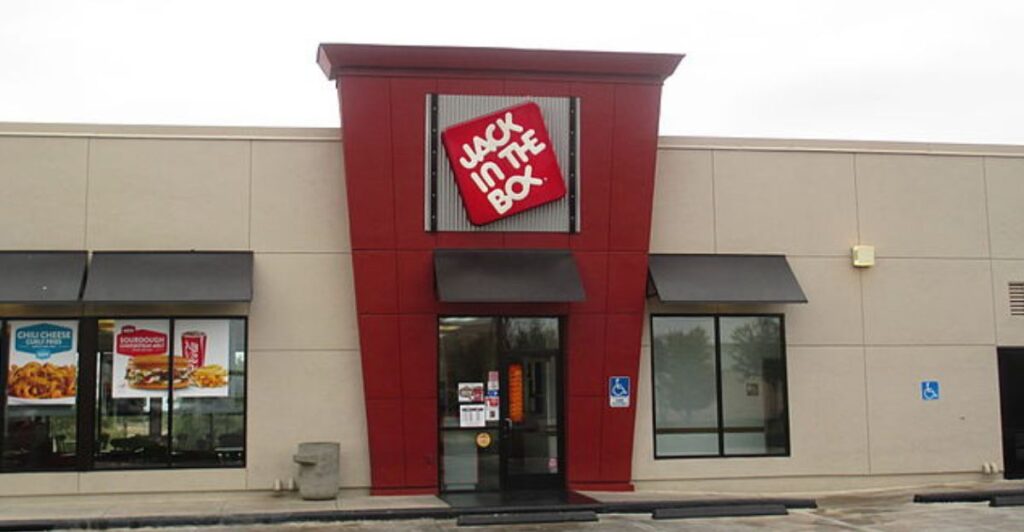
On the contrary, for franchise owners and staff that are part of the stores that are closing, they will face potential lay offs if transfers are aren’t possible. With 10% of locations closing, the workforce will have to reduce as well.
Local economies could be slightly affected after hundreds of employees are laid off, showcasing that this reprioritization of assets does have a downside, and many lives will be impacted by it.
Learning From Industry History
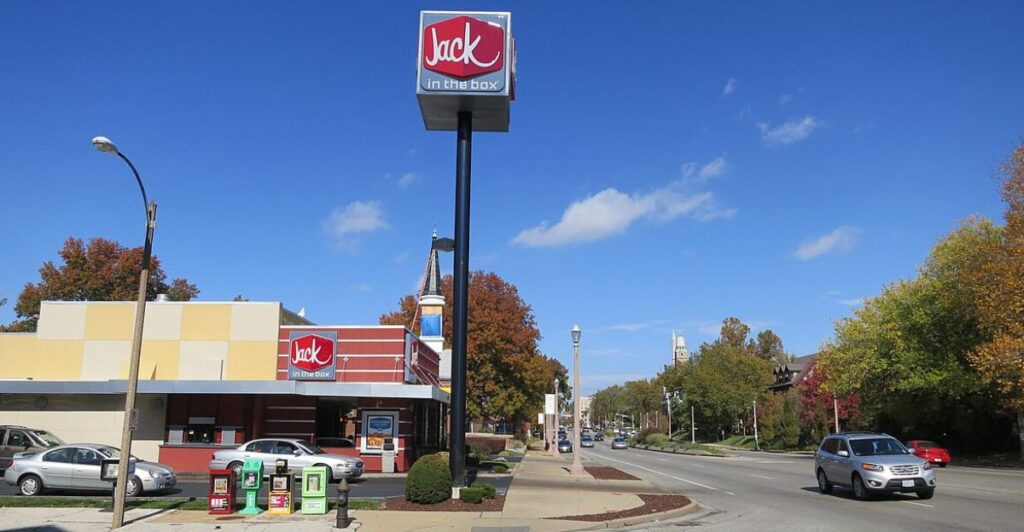
Other fast-food chains have historically closed many locations when revenue started to decline. Domino’s and McDonald’s are good examples of franchise leaders changing up business strategies quickly. Jack in the Box is following in their footsteps, with the hopes that it can come back stronger than ever, just like the franchises before it.
For those whose stores remain, morale could see a boost, and the company’s reputation around quality control could also improve as there are fewer stores to manage.
More Room For Innovation
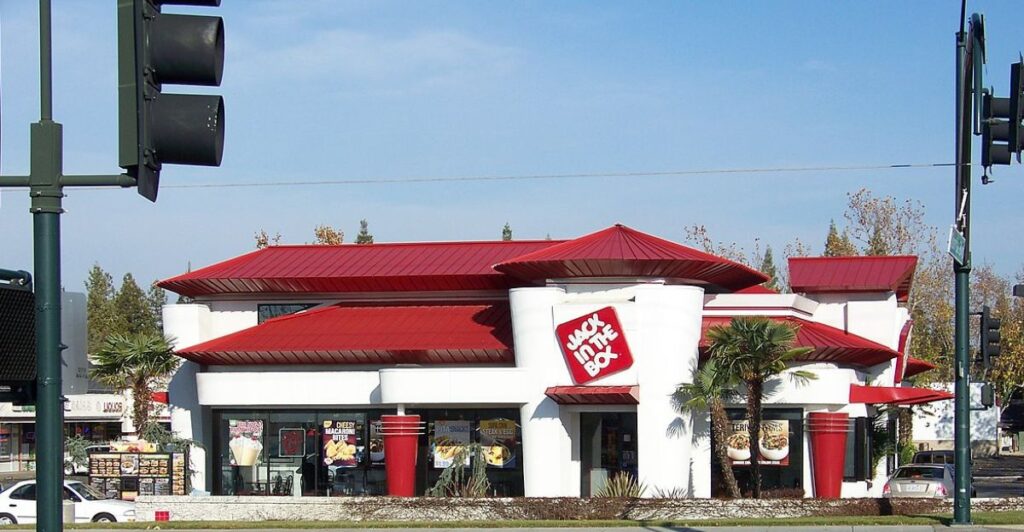
The company will be able to capture more consumers in key markets, improving overall sales and making each restaurant individually stronger. With money freeing up from the store closures, we could see new developments in Jack in the Box’s customer experience.
Overall quality and service could improve, as well as new innovations that follow the steps of market leaders, such as a wider online market reach to consumers. By making these decisions quickly, Jack in the Box is giving off the impression that they are confident about their restructuring efforts.
A Brutal Landscape
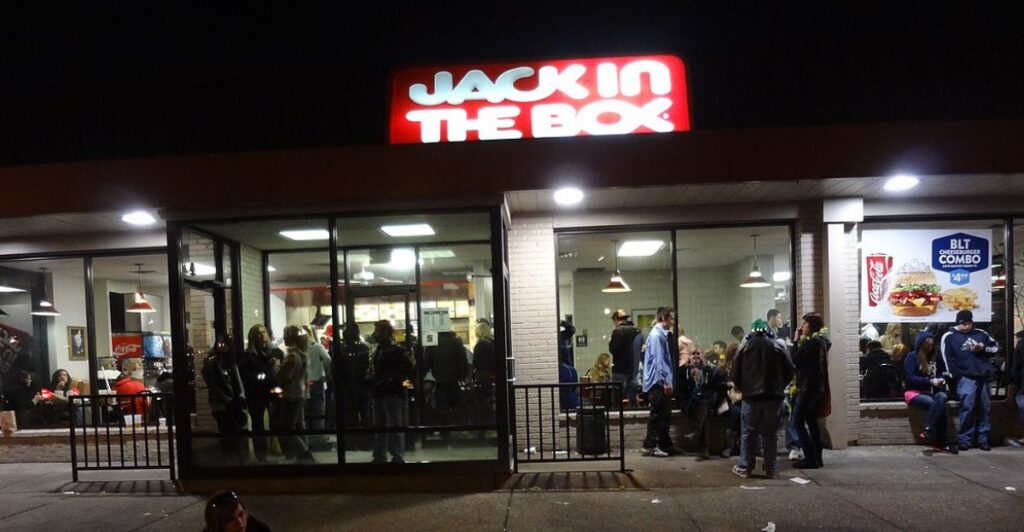
While closing stores may make some believe that this could be the start of tough times for the franchise and an overall failure in management, hard choices are being made to be in the best interests of the future success of Jack in the Box.
While employees may be laid off and consumers may face less convenient locations, it’s an unfortunate reality of the fast food industry and how brutal the landscape can be. Jack in the Box isn’t an isolated situation.
Not Alone
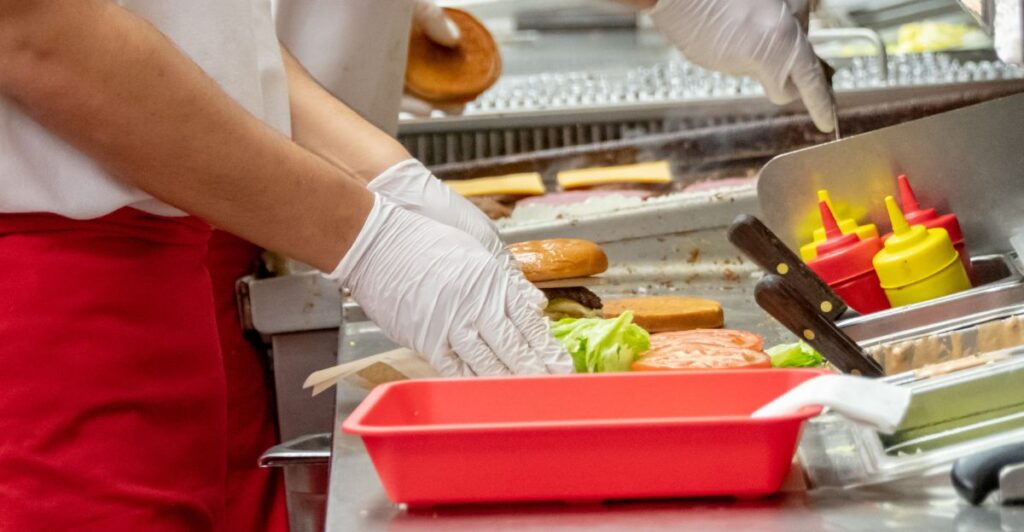
Jack in the Box isn’t the only fast food chain facing closures. Many other chains are undergoing similar restructuring efforts due to changing consumer trends and economic pressures.
Big brands like Red Lobster and Applebee’s have recently closed many of their underperforming locations. This shows a broader trend in which franchises may need to shed underperforming stores to maintain profit margins.
A Focus On Digital Innovations
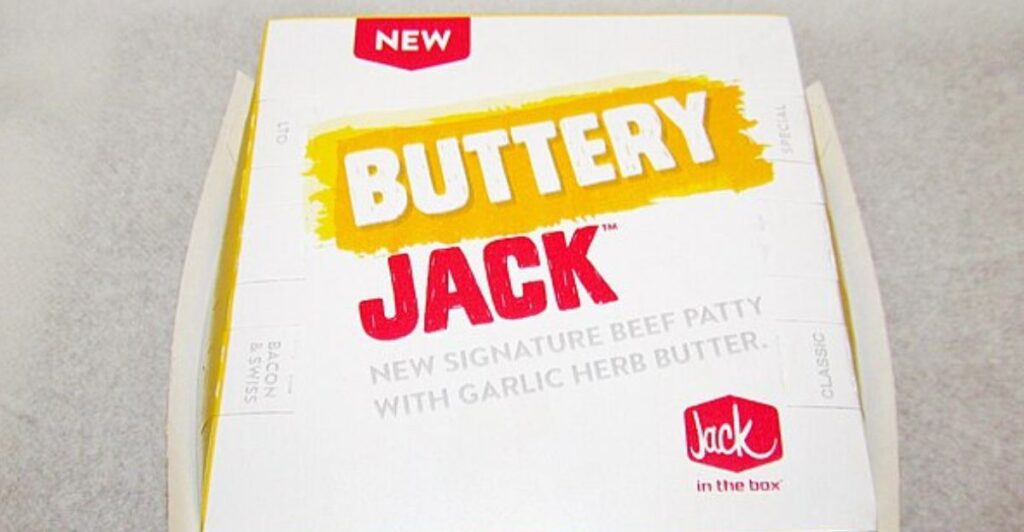
Jack in the Box plans to invest in innovative technology, including mobile orders, delivery partnerships, and contactless payment systems, to create a better customer experience.
These innovations will better align the franchise with other fast food giants and consumer demands for convenience in the modern age.
The Effect on Suppliers
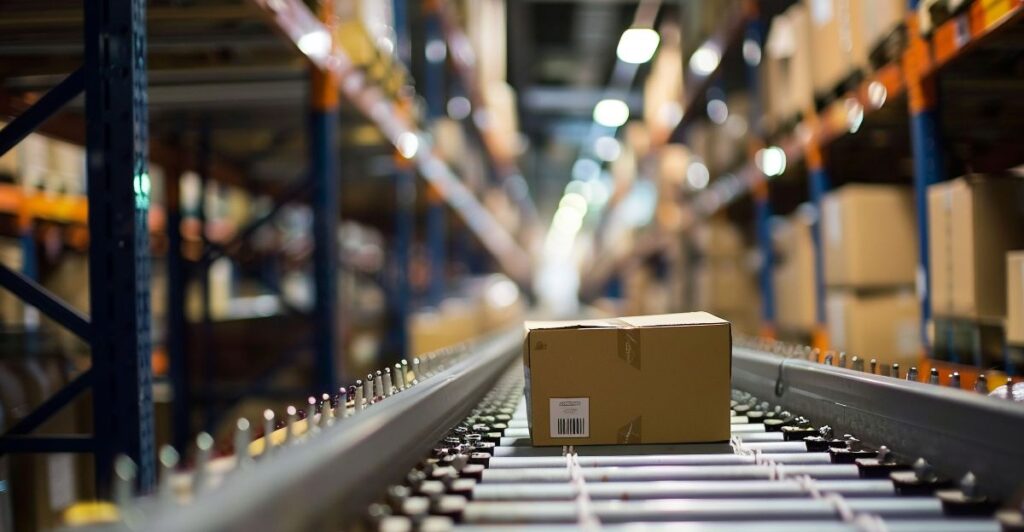
With 200 fewer chains operating, there are impacts beyond just Jack in the Box as a franchise. Suppliers dependent on these fast food chains will face reduced orders, forcing them to renegotiate contracts or downscale their production.
This could disrupt everything from food ingredient sourcing to packaging manufacturers that do business with Jack in the Box.
Pressure On The Real Estate Market

With 200 Jack in the Box properties becoming vacant, some of these properties could flood the commercial real estate market, increasing availability for other companies looking to move their businesses. However, this could also devalue the property market in some areas.
Property managers will quickly try to find new tenants to lease these spaces, affecting local commercial ecosystems.
An Opportunity For Competitors
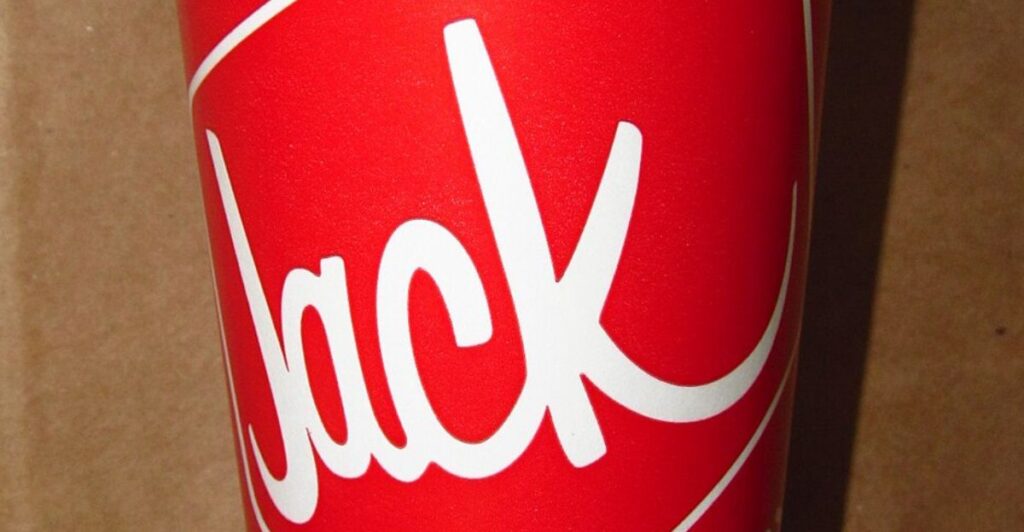
Rivals of Jack in the Box may see this as an opportunity to seize desirable locations with a lot of foot traffic that Jack in the Box previously held onto.
These competitors could also intensify their marketing in areas from which Jack in the Box has withdrawn, coercing loyal customers into seeking an alternative.
New Businesses Can Fill The Void
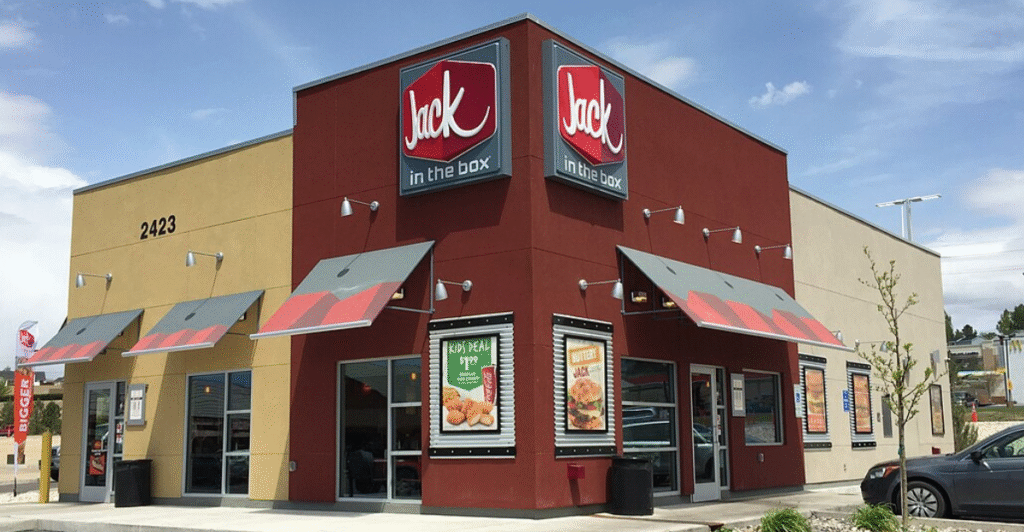
While reactions to business closures are usually mixed, Jack in the Box’s departure in certain areas will give other businesses an opportunity to fill the void, offering open-minded consumers new alternatives and changes to what some would call a “monotonous routine.”
People enjoy new things; now, other businesses can move into these spaces and shake up old traditions.
Environmental Impacts
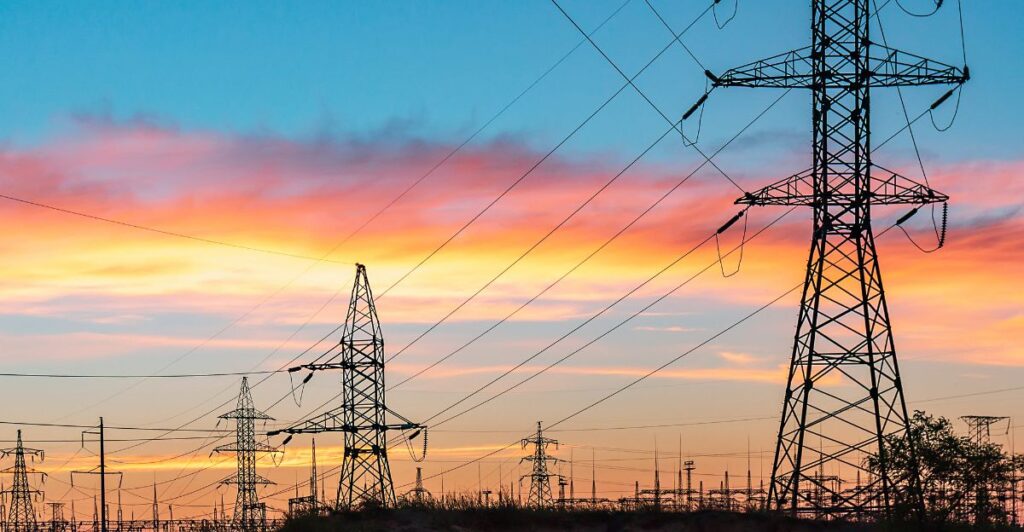
Closing many locations will also reduce the overall power consumption and waste production in certain areas.
These short-term factors will benefit the environment, but as consumers may have to go out of their way to reach other locations, more petrol may be spent, offsetting this factor at least slightly.
Long-Term Industry Effects
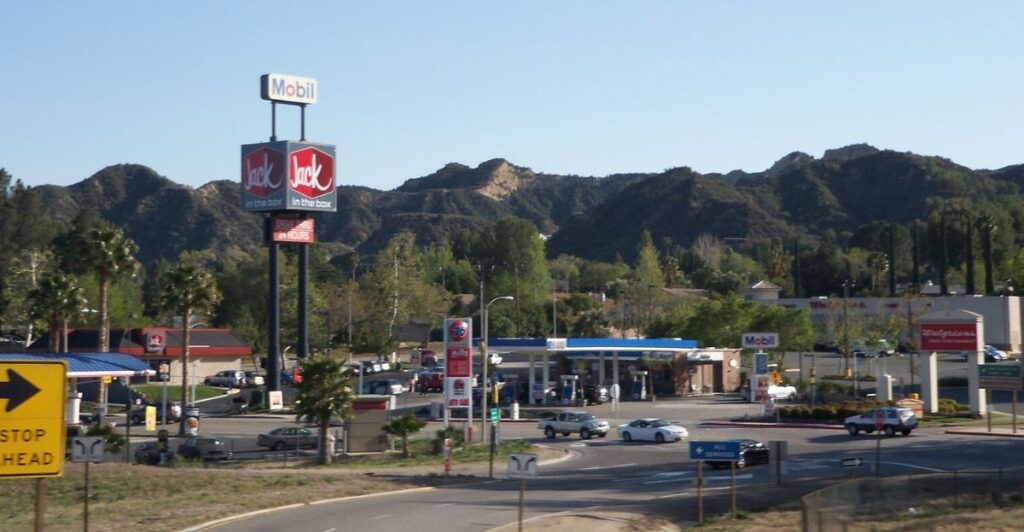
Jack in the Box’s decision to close 200 stores can be a cautionary tale for other chains in the industry. Adaptation in an ever-evolving market is essential to maintaining success. Chains that fail to optimize their footprint and innovate may face similar downscaling measures, affecting consumers in widespread regions.
If these efforts are not the saving grace that Jack in the Box hopes they are, a broader transformation in how fast food businesses operate may have to be developed.
